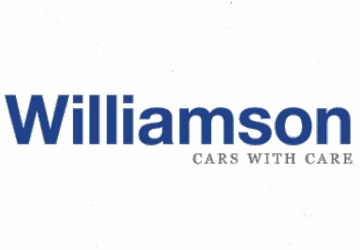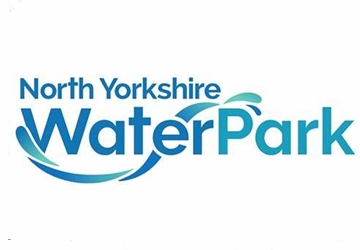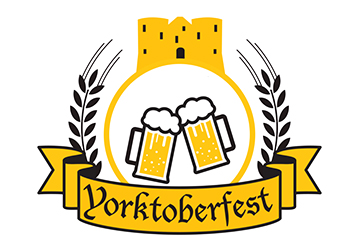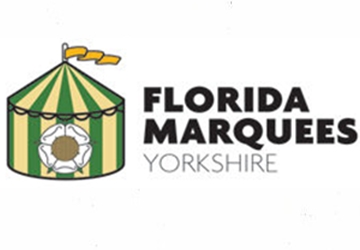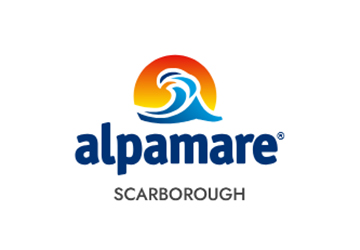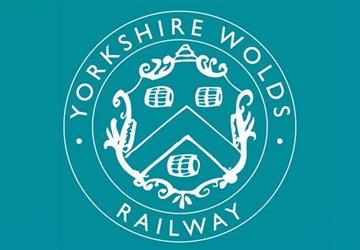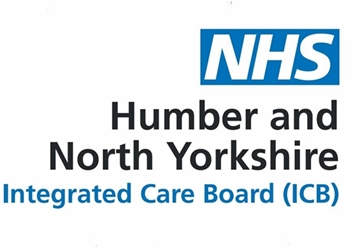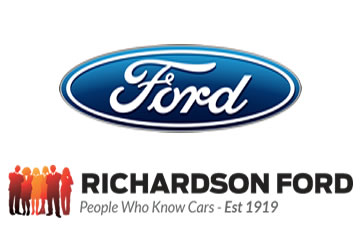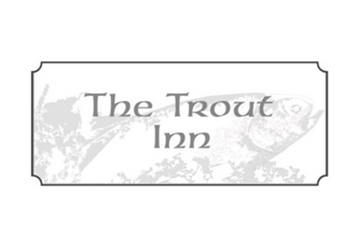Hull and East Yorkshire is set to get a new directly elected Mayor who will head the soon-to-be established Combined Authority.
Here’s how the new Mayor will change the political landscape of the region.
Last September, the government signed off on a devolution deal for Hull and East Yorkshire which set out plans to establish a Combined Authority (CA) to be headed by a directly-elected Mayor. The CA will comprise of just two constituent councils, Hull City Council and East Riding of Yorkshire Council. Prior to the announcement, East Yorkshire was the only remaining part of Yorkshire without a devolved body.
Voters will go to the polls on May 1 to elect Hull and East Yorkshire’s first Mayor in an election using a basic Simple Plurality voting system where the winner will simply be the candidate with the most votes across the region. There will be no wards or constituencies separating the vote as is the case in council elections or general election.
What will the Mayor do?
The Mayor will head the CA, and therefore oversee and make decisions in policy areas such as housing and transport that would otherwise be made in Westminster. Transport has long been a key domain for elected Mayors as they have the power to create a comprehensive transport strategy with the aim to connect the various parts of their region. Several Mayors from around England have seen high levels of success in transport infrastructure and connectivity, with one of the most notable cases being Andy Burnham’s Bee Network in Greater Manchester. The Hull and East Yorkshire Mayor will have the chance to develop a single strategic transport plan for the North Bank of the Humber.
A voice for the region
Mayors tend to become one of the main figures to represent the interests of their region on a national level. Currently in Hull and East Yorkshire there are essentially two levels of power. There’s the leaders of the two councils and there are the six MPs who represent the region in Westminster. As it stands, it is the MPs who tend to have the higher profile on a national level, but the Mayor will become something of a voice for the entire region rather than just one council area or Parliamentary constituency. This is evident in other parts of the country where the Mayor is the main player in the political arena. Perhaps the best example of this is again in Manchester where Andy Burnham has become completely synonymous with the politics of the city and wider region.
As well as being an opportunity to boost the fortunes of the region, becoming Mayor would quite literally give the successful candidate the chance to change the face of the region’s politics. It is perhaps therefore unsurprising that the leaders of the two councils have thrown their hats in the ring. Both Cllr Mike Ross, the leader of Hull City Council, and Cllr Anne Handley, the leader of East Riding Council are running in the election for the Liberal Democrats and the Conservatives respectively.
Increased accountability
Unlike the council leader role, the Mayor will be a directly-elected position. Similar to the role of the Prime Minister, council leaders are elected as councillors in the exact same manner as all councillors, the role of council leader simply comes form being the leader of the party in power. This is in contrast to the Mayoral role which is decided in a presidential-style election. The direct nature of the election process mean the Mayor is held directly accountable to the people. The increased profile of the Mayor will naturally increase accountability as people become more aware of who the Mayor is and what they are doing with their new found role.
Balancing the rural and urban
The new Mayor will have their work cut out to become a well-regarded voice of the entire Hull and East Yorkshire region. Much of this difficulty will stem form the nature of the devolution agreement itself. It is rather unusual to have a CA with just two constituent councils. Most other CAs from across the country are made up for far more.
For example, the Greater Manchester Combined Authority is made up of eleven councils, and the Liverpool City Region CA is is made up of six. Not only does the Hull and East Yorkshire CA have an unusually low number of councils, but they both represent areas that are largely quite different demographically and politically. The East Riding is a vast mostly rural area with three Conservative MPs, while Hull is a highly urbanised city with three Labour MPs.
Whoever becomes Mayor may have a tough time trying to please both councils and their residents.
Political balancing
The Mayor will also have a tough task in balancing the politics of the region. If we take a look at the Liverpool City Region CA for example, each of the six constituent councils are run by the Labour Party and each of the fourteen Merseyside constituencies are held by Labour MPs. The Labour Mayor Steve Rotheram, therefore, may not have the toughest time getting everyone to sing from the same hymn sheet.
Whoever becomes the Hull and East Yorkshire Mayor will not be afforded the same political hegemony that Mr Rotheram enjoys. The new Mayor will be operating in a region with a Liberal Democrat-majority council, a council run by a Conservative and Independents coalition, three Labour MPs, and three Conservative MPs.
The full list of candidates for the election is as follows:
Labour Party : Margaret Pinder
Conservative Party : Anne Handley
Liberal Democrats : Mike Ross
Green Party: Kerry Harrison
Other candidates, including one from Reform UK, are expected to be announced in due course.






